Learning to skateboard can be both exciting and overwhelming for beginners, especially when trying to navigate the world of boards, wheels, and tricks. For those just starting out, figuring out the right approach, equipment, and practice spots can feel like a maze. Whether you’re looking to join local skate parks, find the perfect board, or decide if lessons are worth the investment, this guide will walk you through everything you need to know to get started. From understanding the basics of balance and control to exploring the best places to practice, this article covers all the essential aspects of becoming a confident skateboarder. With the right guidance and dedication, anyone can master the art of skateboarding and embrace the thrill of the ride.
Key Takeaways
– Professional Instruction: Improve your technique and progress faster with a qualified instructor who can tailor lessons to your skill level.
– Safety First: Reduce injury risks and learn proper techniques with structured lessons led by experienced instructors.
– Structured Learning: Accelerate your skill development with systematic instruction instead of trial and error.
– Community Support: Build connections and stay motivated by joining group classes and meeting fellow skaters.
– Progress Quickly: Avoid common mistakes and receive targeted advice to help you advance faster.
– Proper Equipment: Start with the right gear, including a sturdy skateboard, helmet, and pads, for safety and control.
– Enroll in Lessons: Gain structured guidance and fast-track your progress with formal lessons.
– Consistent Practice: Dedicate time to practice daily to build balance, stamina, and confidence.
– Learn from Pros: Access valuable tips and advice from experienced skaters to accelerate your learning.
– Stay Safe: Always wear protective gear and follow safety guidelines to enjoy the sport responsibly.
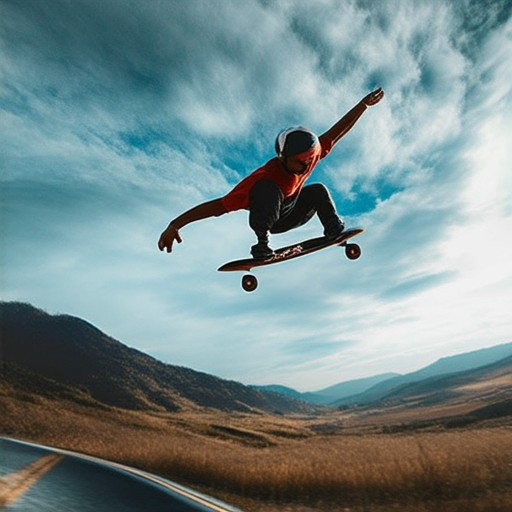
How Should a Beginner Start Skateboarding?
Starting skateboarding can be an exciting journey, but it requires patience, practice, and the right approach. Here’s a step-by-step guide to help you get started:
- 1. Get the Right Equipment
- A skateboard: Choose one that matches your skill level and budget.
- Skate shoes: Look for ones with sturdy support and non-slip soles.
- A helmet: Essential for protection during falls.
- Pads and guards: Knee, elbow, and wrist pads can help prevent injuries.
- 2. Learn the Basics of Stance and Balance
- Find your stance: Most people start with a regular or switch stance.
- Practice balancing: Stand on the board and shift your weight gradually.
- 3. Master the First Tricks
- Start with the basics like rolling away from the board and stopping.
- Practice the drop knee position for better stability.
- Try simple tricks like the ollie and kickflip once you’re comfortable standing.
- 4. Watch Videos and Mimic Professionals
- Look for tutorials on platforms like kickflipboards.com for detailed guides.
- Study how experienced skaters move and transition between tricks.
- 5. Join a Community or Class
- Consider taking lessons from a local skate school or joining a community group.
- Ask questions and get feedback from more experienced skaters.
- 6. Practice Safely and Consistently
- Find a safe, open space to practice, like a parking lot or skate park.
- Wear protective gear at all times to minimize risks.
- Set small goals to track your progress and stay motivated.
Choosing the Right Skateboard for Beginners
As a beginner, selecting the right skateboard can significantly influence your learning experience and enjoyment of the sport. Here’s a breakdown of the best options available:
- Longboards : Known for their stability and ease of riding, longboards are an excellent choice for beginners. Their longer length and wider decks provide greater balance and control, making them ideal for mastering basic tricks and navigation.
- Cruisers : Combining the best features of longboards and skateboards, cruisers are perfect for casual rides and commuting. They offer a smooth ride and are lightweight, making them a great option for those seeking versatility.
- Regular Skateboards : Compact and fast, these are the classic choice for skateboarders. While they may be more challenging to master initially due to their smaller size, they offer a dynamic riding experience once you gain confidence.
- Drop-Through Boards : These boards feature a lower profile, allowing riders to sit closer to the ground for increased stability. They provide a traditional feel with added support, making them a great option for those seeking a balance between stability and performance.
When deciding, consider your riding style and terrain. Cruiser and drop-through boards are recommended for urban environments, while longboards excel on smooth surfaces. Regular skateboards are best suited for those aiming to progress into more technical riding. Always test a few models to find the one that feels most comfortable and suits your skill level.
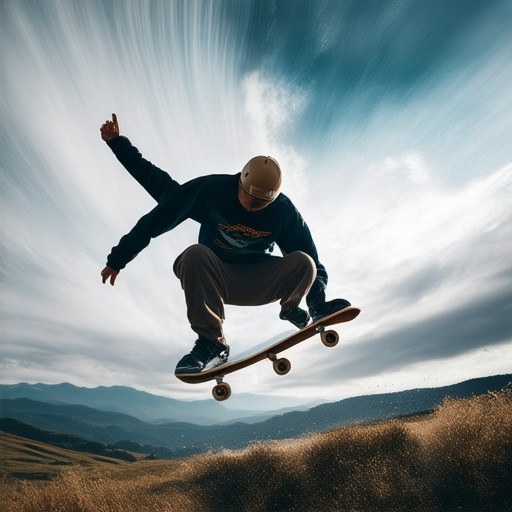
Where Can I Practice Skateboarding for Beginners?
Practicing skateboarding for beginners requires finding safe and suitable locations. Here are some recommended spots:
- Local Skate Parks: These are specifically designed for skateboarders, offering ramps, rails, and smooth surfaces. They are usually safe and well-maintained.
- Empty Parking Lots: Look for those that are unused during certain times of the day, such as late nights or weekends. These provide a good surface for practicing tricks and maneuvers.
- Skate Plazas: Many cities have designated areas in urban zones where skateboarding is encouraged and supported by local governments.
- Community Centers or Recreational Facilities: Some centers have skateboarding areas or can point you to nearby parks or lots that allow skating.
- Shopping Malls or Retail Areas: During off-peak hours, the parking lots or walkways behind retail areas can be good spots to practice.
When choosing a spot, always ensure it is legal and respectful of local regulations. Many areas may require permits or have specific rules, so it’s wise to check beforehand. Additionally, wear protective gear like helmets and knee pads, and be mindful of your surroundings to ensure safety.
For more information or to find specific locations near you, consider visiting local skate shops or checking online resources for maps and guides tailored to your area.
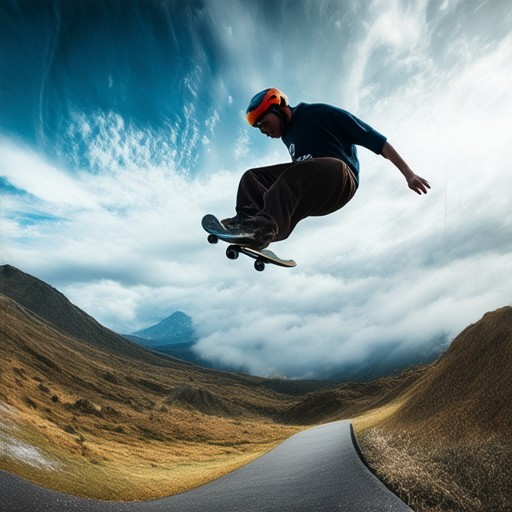
Are Skateboard Lessons Worth It?
Whether skateboard lessons are worth it depends on your goals, commitment, and desire to improve effectively. Here’s a breakdown of the key factors:
- Professional Instruction: A qualified instructor can correct your technique, prevent injuries, and help you master tricks more efficiently. They provide structured lessons tailored to your skill level.
- Safety: Learning from an instructor reduces the risk of injuries due to improper technique and falls.
- Structured Learning: Systematic instruction accelerates skill development compared to self-teaching, which may involve trial and error and frustration.
- Social Connection: Group classes offer opportunities to meet fellow skaters and stay motivated through regular sessions.
- Progression: Instructors can identify areas needing improvement and provide targeted advice, avoiding common mistakes that can hinder progress.
Consider your goals—are you aiming for casual cruising or mastering specific tricks? Formal lessons are particularly beneficial for those seeking quick progression and advanced skills. Research local skate schools, compare prices, and read reviews to find the right fit for your needs. Overall, if you’re committed to improving, skateboard lessons offer significant benefits that justify their investment.
Top Tips for Beginning Skateboarders
Starting with skateboarding can be an exciting yet challenging experience. Here are some essential tips to help you get started:
- Start with the Basics: Begin with a cruiser or a regular skateboard designed for beginners. These boards are wider and have softer wheels, making them easier to control.
- Learn Proper Foot Placement: Master the basics of foot placement. Your front foot should be near the nose of the board, while your back foot should be near the tail for better balance and control.
- Practice Balance and Stance: Spend time practicing your stance and balance. Try standing on the board without moving and gradually work up to rolling slowly.
- Focus on Your Movement: Keep your eyes forward and focused on where you want to go. Look ahead to avoid obstacles and maintain control.
- Join a Community: Consider joining a local skateboarding group or community center. This can provide you with support, tips, and a chance to meet fellow skaters.
Kickflip Boards offers a variety of resources and guides tailored for beginner skateboarders. Check out our tutorials and gear guide for more detailed information on getting started. Our community forum is also a great place to ask questions and share experiences with other skaters.
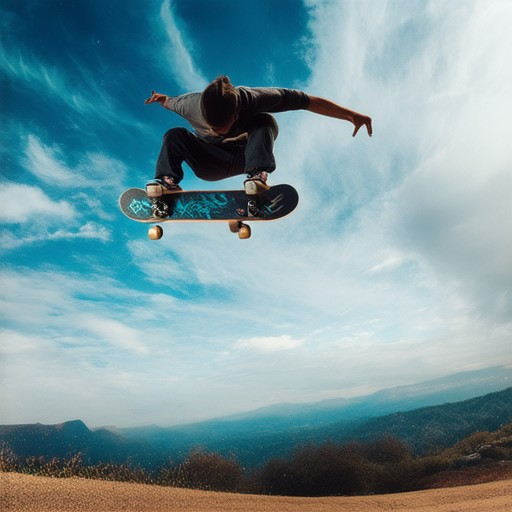
What Are the Best Ways to Get Started with Skateboarding Lessons for Beginners?
Kickflip Boards offers a comprehensive approach to helping beginners get started with skateboarding lessons. Here’s how you can begin your journey:
- 1. Choose the Right Equipment: Start with a sturdy skateboard, wheels, a helmet, knee pads, and wrist guards. These are essential for safety and comfort. Consider visiting our equipment guide for more details.
- 2. Enroll in Lessons: Look for reputable instructors or skate schools in your area. Our instructor directory can help you find someone experienced to guide you through the basics.
- 3. Practice Regularly: Consistency is key. Dedicate time each day to practice your balance, stance, and movement. Check out our skateboarding tips for advanced techniques.
- 4. Learn from Experienced Skaters: Watch videos or ask questions from more experienced skaters. Our community forum is a great place to connect and learn from others.
- 5. Stay Safe and Respectful: Always wear protective gear and be mindful of others at skate parks. Review our safety guidelines before hitting the board.
Remember, progression takes time. Be patient, stay focused, and enjoy the process of learning this exciting sport!
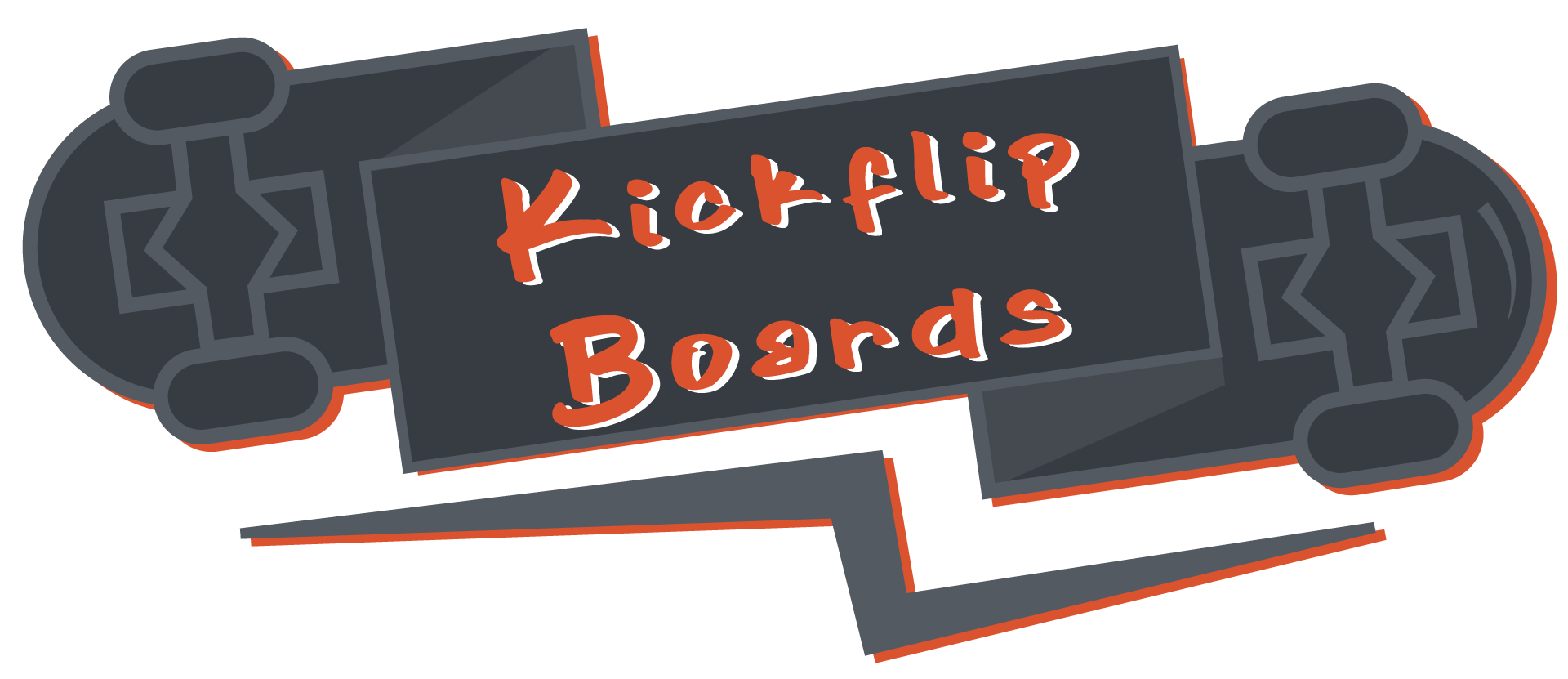



0 Comments